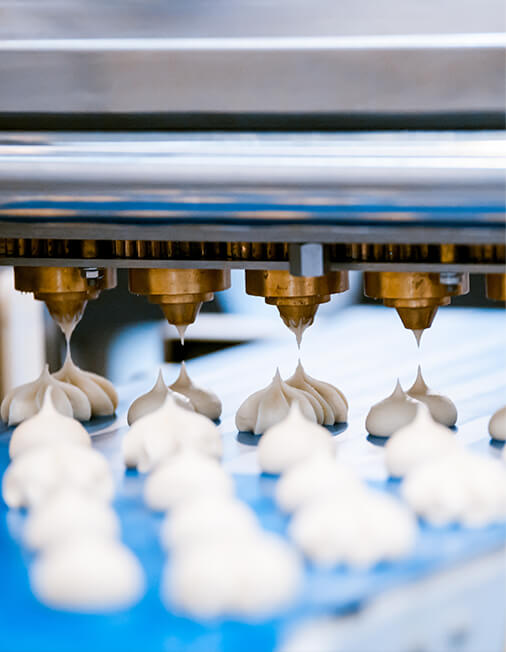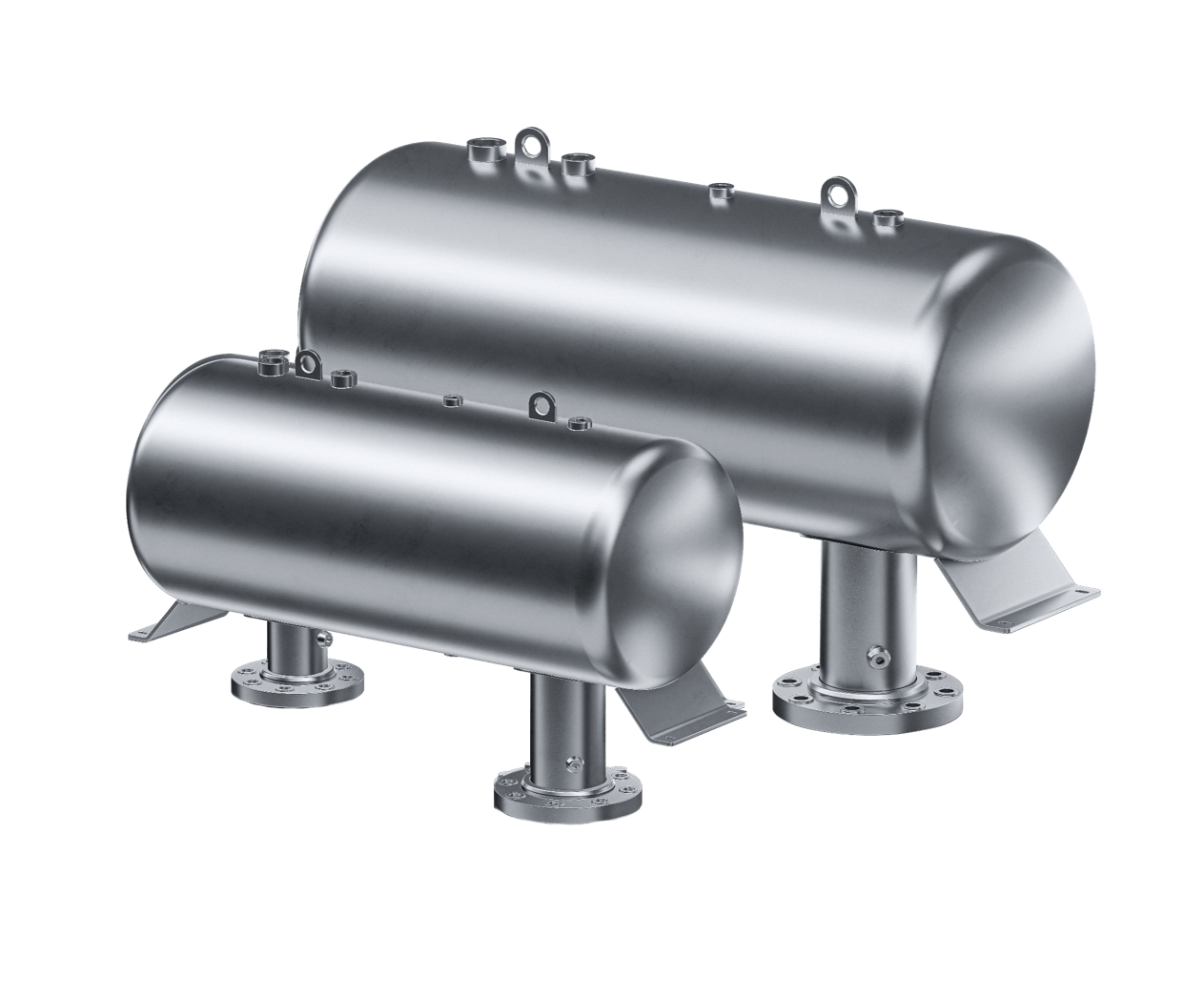
Custom-made Heat Exchange Solution for Fuel Cells
Hydrogen has been considered one of the most attractive energy carriers to increase energy efficiency and reduce carbon emissions. The integration of hydrogen energy into CHP systems offers the potential for increased efficiencies and reduced emissions. However, despite their numerous advantages, hydrogen-based CHP systems face several challenges, including system design and optimization for enhancing their performance and viability.





